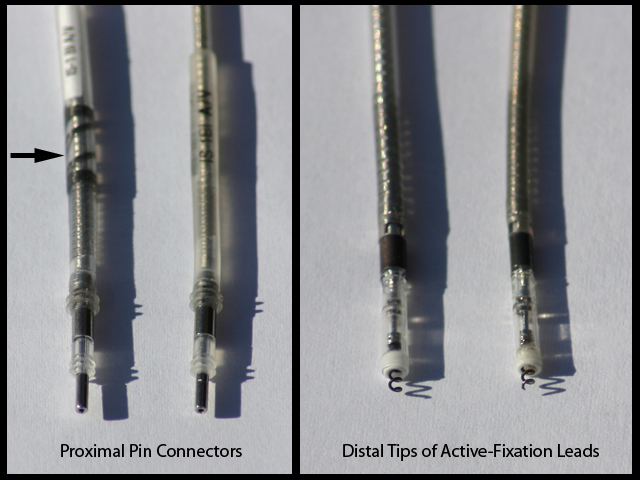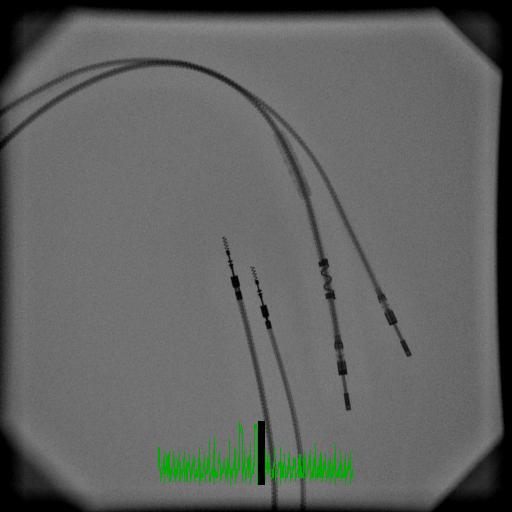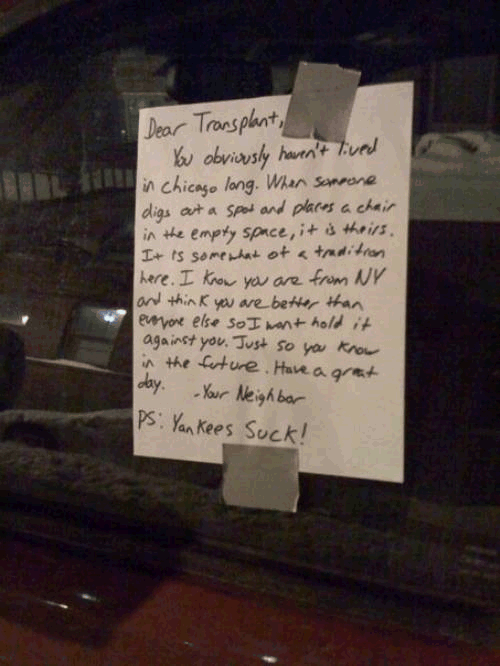About a week ago, an editorial from a plastic surgeon Lloyd Kreiger, MD, appeared in the
Wall Street Journal entitled "
ObamaCare Is Already Damaging Health Care." While I'm not sure I'm ready to concede that Obamacare has already
damaged health care in America, I will agree the law is certainly is
changing health care, aligning health care corporate interests with political interests, with doctors feeling the squeeze between the two.
Last year in the MGMA's most recent survey of practicing physicians, an important
milestone was reached: over 50% of doctors are now employed by large health care corporations. This has been driven by two factors: (1) significant cuts to ancillary service fees that doctors used to collect in their offices and (2) a significant climate of economic uncertainty for doctors going forward as the new health care law is enacted. As Dr. Kreiger pointed out:
Doctors and hospitals, meanwhile, have decided that they cannot survive unless they achieve massive size—and fast. Six years ago, doctors owned more than two-thirds of U.S. medical practices, according to the Medical Group Management Association. By next year, nearly two-thirds will be salaried employees of larger institutions.
Consolidation is not necessarily bad, as larger medical practices and hospital systems can create some efficiencies. But in the context of ObamaCare's spiderweb of rules and regulations, consolidation is more akin to collectivization. It means that government bureaucrats will be able to impose controls with much greater ease.
Which, of course, is precisely the way our current government thinkers have intended it.
But whether it is Obamacare or another "PerfectFuture care," I suspect the same "collectivization" would occur in ANY government-funded health care entitlement system going forward. The reality is, our current system is not economically sustainable. In government-funded health care, the move toward capitated payments to doctors and hospital systems now seems inevitable, thanks in large part the the development and distribution of large billing and tracking health care information systems.
The changes we're seeing right now in health care in our area are all in preparation for the inevitable cuts coming to our health care entitlement programs: the day the government says they're going to pay twenty percent less than they are paying now, come hell or high water. To accomplish this, lump sum payments will be made for episodes of pre-specified care in the form of payment "bundles," supplied to large (and as yet poorly-defined) "Accountable Care Organizations." How these funds will be later divided among those that provided the work will depend primarily upon who receives the funds from the government.
We can expect that senior administrators will be spared as funding cuts are forthcoming. This does not mean all administrators will be safe, however; mid-managers will also feel the squeeze as overhead is trimmed.
Non-essential equipment purchases and hires will stop or be significantly slowed. All personnel will be asked to do more with less, or else.
Since people are expensive and politically unpopular to fire, every effort will be made to "improve efficiencies" using computers. Data-mining of tests, laboratory studies, procedures and radiology/pharmaceuticals will be culled, processed and pureed for their expense with an eye toward perceived "value."
Patients can expect more lower-paid "mid-level" care provider interaction. I suspect "primary care" doctors (however that term evolves) will opt for shift-work to offset the inevitable trims to salaries that are likely to occur in the setting of over-burdened patient volumes. Other hospital-based doctor-employees (i.e., "proceduralists") will be paid on some form of "productivity" basis rather than straight salary, despite how non-conflictual a salary structure might seem at first glance (straight salaries breed complacency, too). To continue to trim costs, "non-productive" doctors' ranks can be thinned if they slow their "production."
Research endeavors, especially at academic centers intent on a "sheltered workshop" environment for their physician-researchers, will be a casualty of this shift to "productivity" as well. Philanthropic fund-raising or grant applications will become more important than ever before to support existing ongoing research efforts. Researchers inefficient at self-promotion and fund-raiding will face a "time-to-provide-clinical-care" imperative. Some research projects will survive, but many ongoing research efforts will cease. Rapid innovation in health care will be an inevitable casualty to these cuts.
And what can our new doctor-employees expect going forward?
It's hard to say where the dust will settle.
I suspect that doctors realize that if they can't beat 'em, they'd better join 'em. Those resistant to a collaborative style will not be happy and defect to other non-clinical arenas in health care or business. Those that "play well with others" will work with their employers to find ways to be more efficient and work to save costs. Their efforts will only go so far at first, unless they are privy to the actual prices of equipment and personnel under their purview. Also, since malpractice risk continues to weigh heavily on doctors' ordering practices, who better to address the best way to limit the consequences of defensive medicine practice patterns than doctors?
If large health care institutions decide, instead, to play "Father Knows Best" and unilaterally make cuts to services or change doctors' work-flows without their understanding or approval, they will likely do so at their own peril. To their credit, however, there are clear signs that health care organizations realize the benefit to co-opting strategically-aligned (and paid) staff doctors to serve on their care and oversight advisory boards. Are there ethical concerns to patients when business concerns of a health care system contradict health care concerns in such a set-up?
Of course.
But I really don't see an alternative to such a construct right now given our current political, social and economic milieu (other than for doctors to move completely back to cash-only practices - a scenario unlikely to happen nationally in my life-time). Better for doctors to be part of health care delivery solution going forward. Hopefully, the many smaller voices of front-line doctors and other health care providers will serve as an
army of Davids that constantly whittle away at the inefficient and overly costly Goliaths of our health care delivery complex while limiting the collateral damage to our patients.
-Wes




